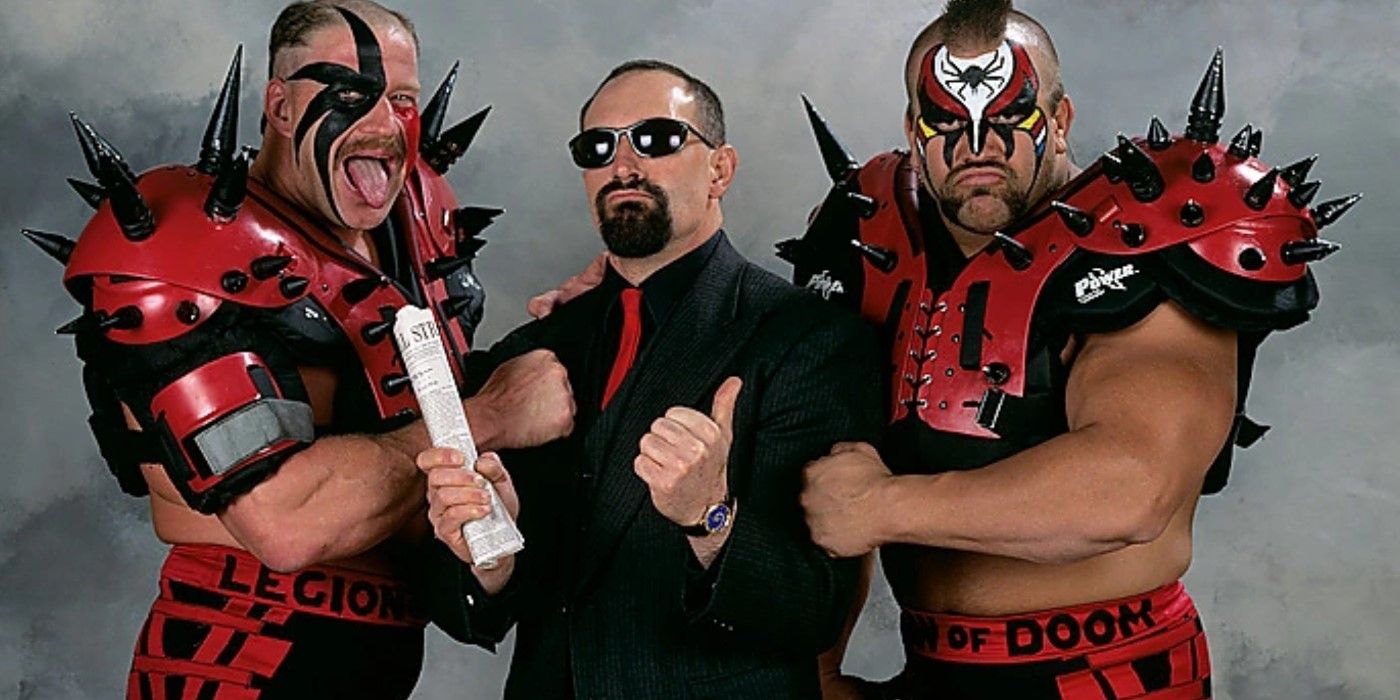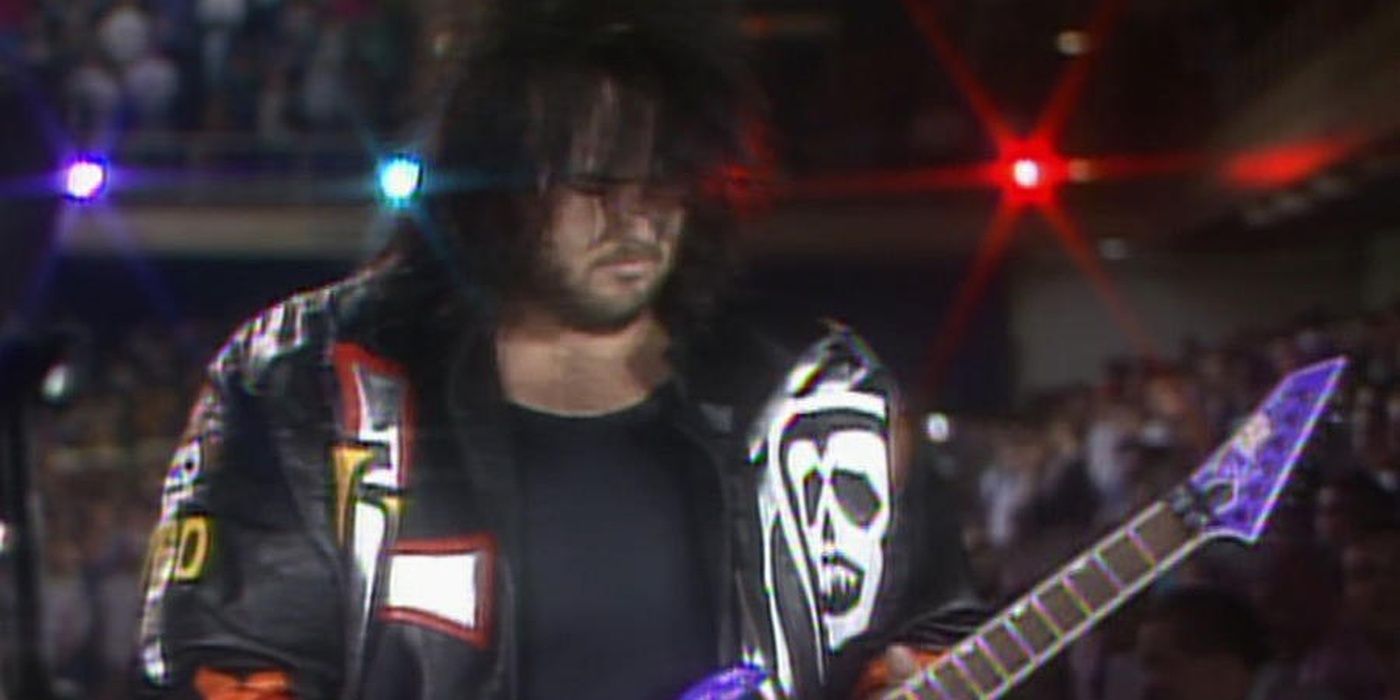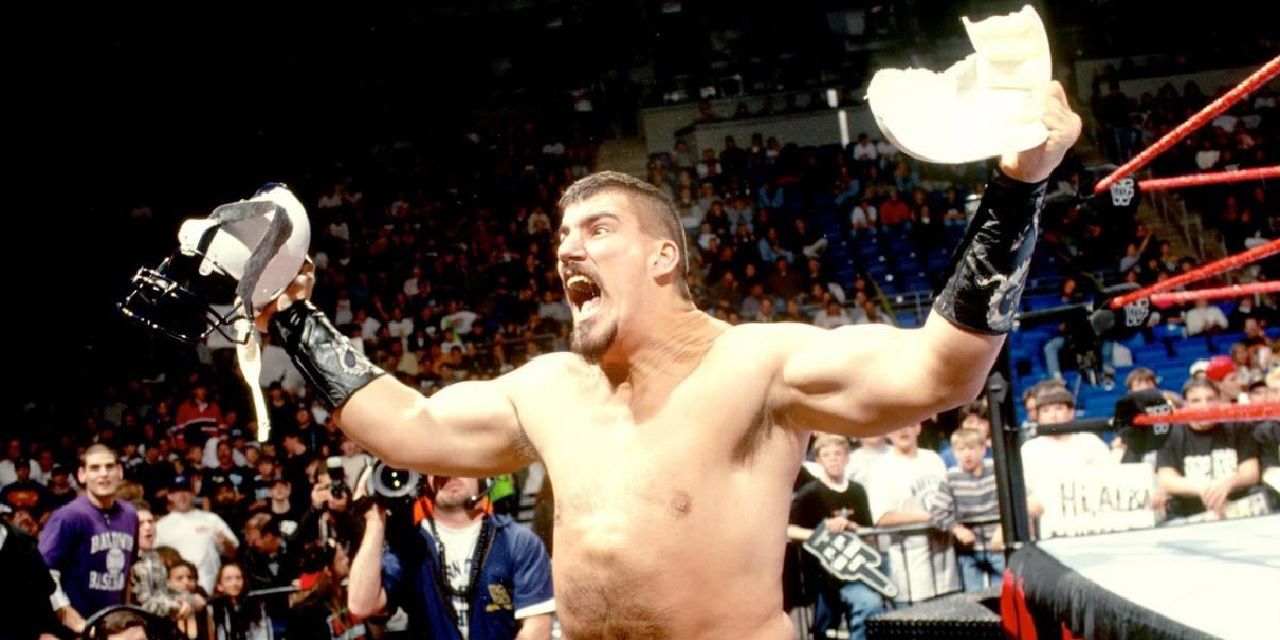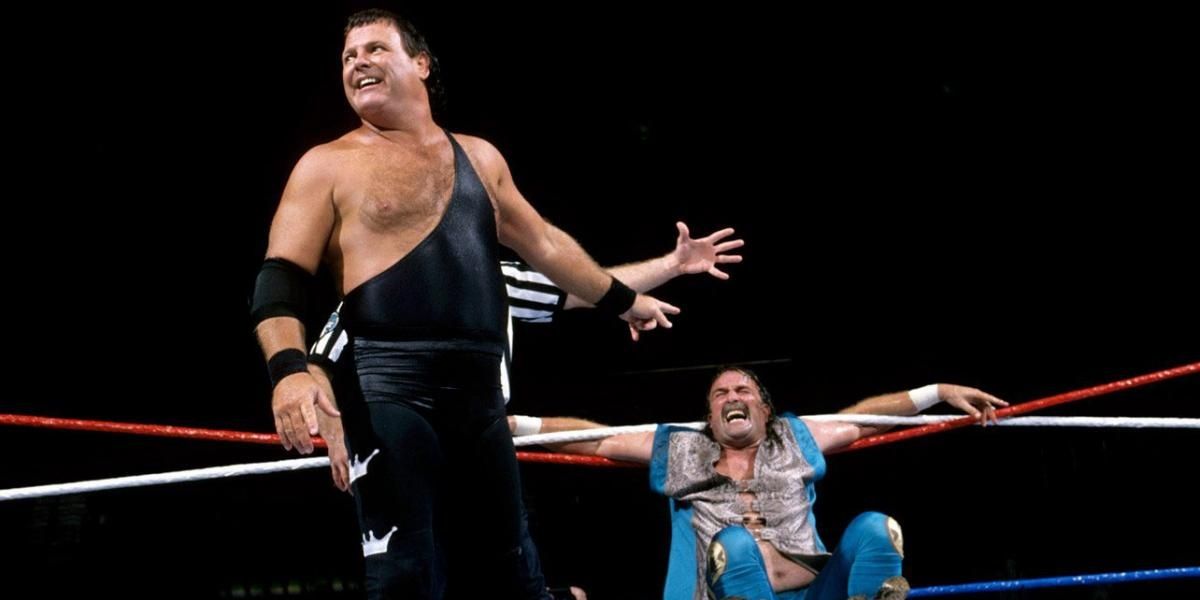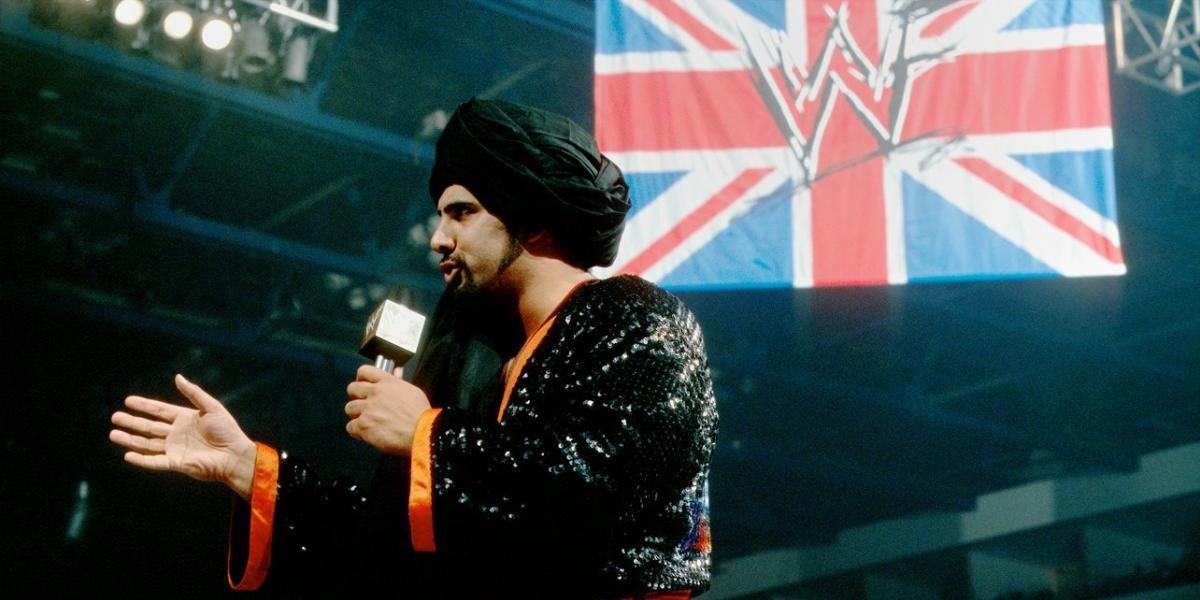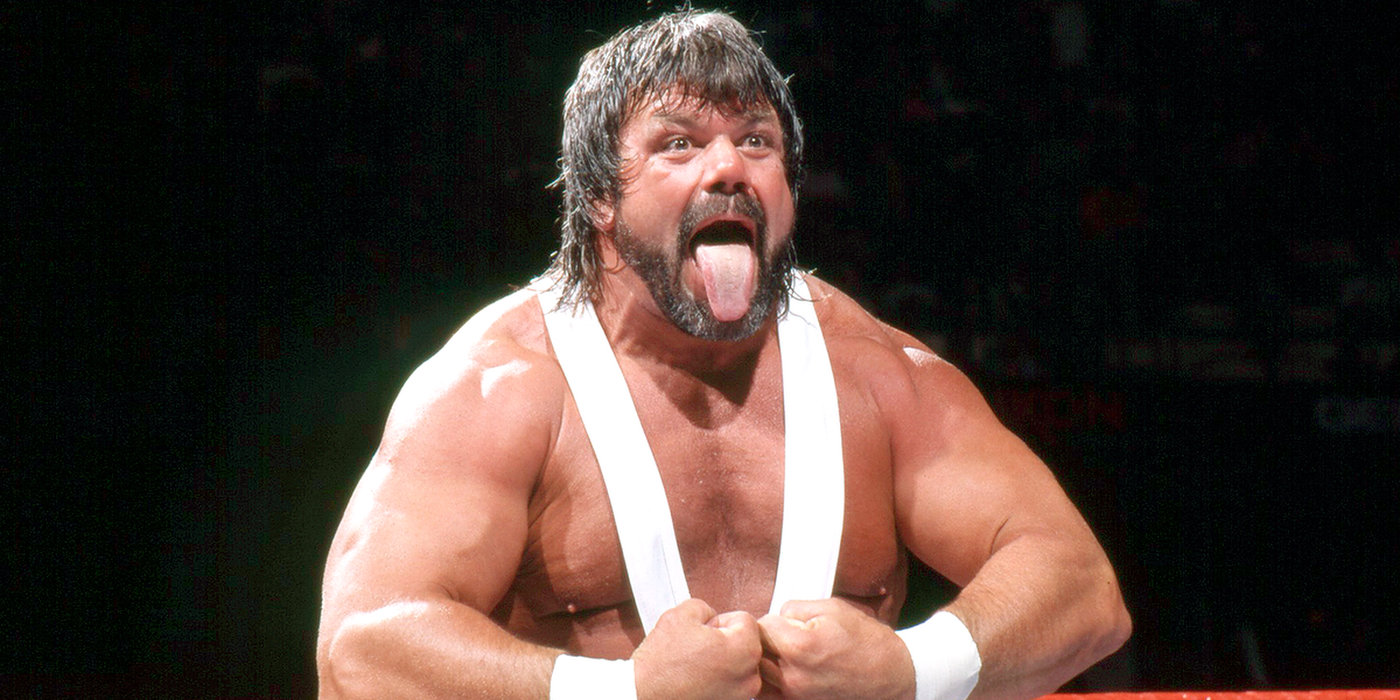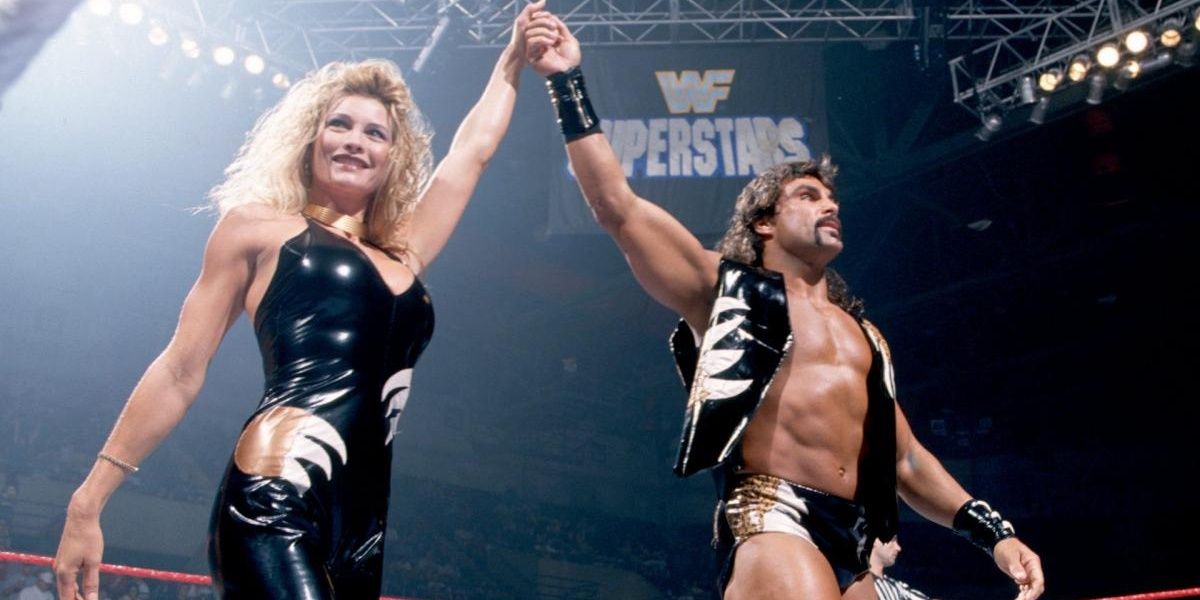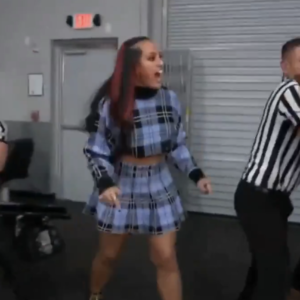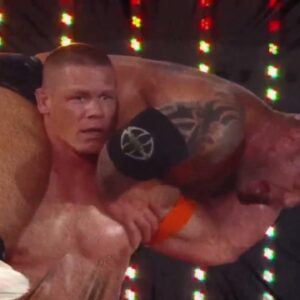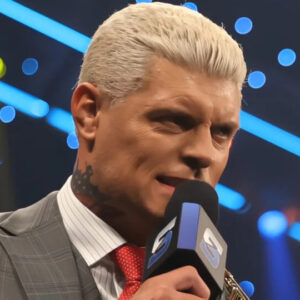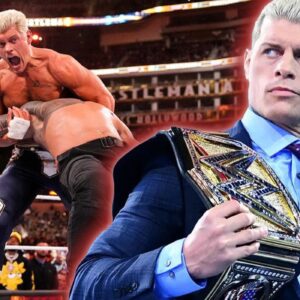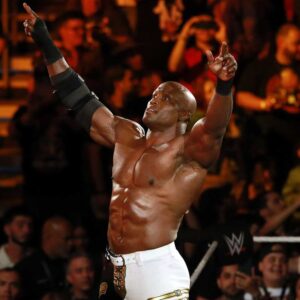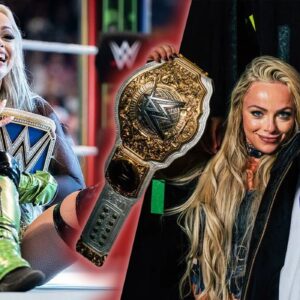The 1990s was a major time for WWE to make changes towards the promotion they are today. WWE being the top promotion makes it surprising to realize the scale of their reach was far smaller than it is today. Dave Meltzer recently reported that AEW’s rumored deal would make them bigger than WWE was before the Steve Austin era due to inflation.
The 36 Most Influential Wrestlers Of The 1990s
The pro wrestling industry experienced a massive boom in the ’90s, with a handful of wrestlers being particularly influential in the business.
This shows just how important it was for WWE to make big moves and always improve the roster in the ’90s. Major stars and new fresh characters were necessary for the growth that came during the Attitude Era. However, many promising names couldn’t live up to Vince McMahon’s expectations. WWE wasted money with the following hires from the 1990s missing the mark.
10 The Ultimate Warrior Coming Back To WWE Was A Massive Flop
WWE Wasted Money & Effort Into Pushing The Former Megastar
| Height | Weight | Years In WWE During The 1990s |
| 6’2” | 280 pounds |
|
The 1990s saw Hulk Hogan, Randy Savage, and Roddy Piper all leaving WWE to join WCW for bigger roles. Ultimate Warrior was the one Golden Era top star who WWE could have brought back and did just that in 1996 to gain some buzz.
Unfortunately, Warrior looked over the hill and a shell of his former self. Embarrassing moments against Triple H, Jerry Lawler, Goldust, and others benefited no one. Warrior left the company after just over three months when WWE got mad at him for skipping advertised appearances.
9 Brakkus Was Supposed To Be Vince McMahon’s New Pet Project
The Bodybuilder Couldn’t Become A Wrestling Star
| Height | Weight | Years In WWE During The 1990s |
| 5’11” | 278 pounds | 1996-1998 |
WWE signed Brakkus out of Germany after he impressed management with his physique and bodybuilding past. Brakkus had no wrestling experience before WWE and had a difficult time getting used to the squared circle.
Vince McMahon even sent Brakkus to ECW to learn more in a smaller environment before returning to WWE. Nothing helped as Brakkus felt out of place and struggled to build any momentum as a wrestler before his ultimate release.
8 Paul Ellering Didn’t Work With LOD In WWE
The Manager Didn’t Have The Same Impact In WWE
| Height | Weight | Years In WWE During The 1990s |
| 5’11” | 244 pounds |
|
The Road Warriors aka Legion of Doom tried to replicate past success when bringing in manager Paul Ellering to WWE. Ellering was a tremendous part of the act in past years, but he never fit into the WWE version of the team.
WWE first used Ellering with a ventriloquist doll named Rocco in an angle that made no sense. Ellering returned in the Attitude Era when Hawk and Animal were struggling to remain relevant. Fans barely remember this chapter of Ellering’s career since he did nothing of note with the legendary act fizzling out.
7 Man Mountain Rock Was Maxx Payne’s WWE Chance
Former WCW Talent Had Horrible Stint With New WWE Character
| Height | Weight | Years In WWE During The 1990s |
| 6’6” | 350 pounds | 1995 |
Maxx Payne was a fun secondary wrestler in WCW known for having some violent matches after forming a face tag team with Cactus Jack. WWE brought Payne in during the New Generation Era to play a rock musician with a colorful look.
Man Mountain Rock was too confusing for fans to care about, and his skillset couldn’t overcome a failing character. WWE released Payne before he could pay off his first teased feud with Bob Backlund via an actual match.
6 Kurrgan Was Supposed To Become WWE’s Next Great Giant
WWE’s Desire For A New Monster Heel Backfired With A Failed Push
| Height | Weight | Years In WWE During The 1990s |
| 6’11” | 350 pounds | 1997-1999 |
Kurrgan had a great look as an intimidating giant who showed the physical tools Vince McMahon wanted from a monster heel. The Truth Commission faction was based completely around Kurrgan being the main talent to benefit, but they never connected with fans.
WWE continued pushing Kurrgan on his own and later in the Oddities faction during a babyface push. Nothing worked as Kurrgan felt too far below the better talents on the roster to keep giving him a chance. Kurrgan leaving WWE worked out for the best as he became a successful actor.
5 Jake Roberts’ WWE Comeback Run Was The Lowest Point Of His Career
Personal Issues Prevented Jake From Having Another Successful Run
| Height | Weight | Years In WWE During The 1990s |
| 6’5” | 249 pounds |
|
The 1980s saw Jake Roberts as arguably the best heel in the entire wrestling industry. Roberts always had his addiction issues in the years between leaving WWE for WCW, working on the independent circuit, and eventually returning to WWE.
10 Best WWE Midcard Feuds Of The 1990s
WWE didn’t only have great feuds in the main event scene. These midcard rivalries were also highlights of the company in that decade.
Vince McMahon tried to tell a redemption story of Roberts turning his life around after finding religion and even pushed him in the King of the Ring finals. Roberts showed his older age in the ring and continued to struggle with addiction to end the run before a proper payoff. WWE was criticized for having Jerry Lawler mock Roberts’ alcoholism in a bad feud.
4 Tiger Ali Singh Mirroring Ted DiBiase’s Gimmick Didn’t Help
WWE Wanted Him To Become A Strong Heel Character With Weak Results
| Height | Weight | Years In WWE During The 1990s |
| 6’5” | 280 pounds | 1997-1999 |
Tiger Ali Singh was hired by WWE after spending a few years making his name on the independent circuit in Canada. WWE sadly gave him a cheap heat gimmick as a heel by having him rip off past character traits from ‘The Million Dollar Man’ Ted DiBiase.
Singh started to offer money to fans in the crowd to do humiliating acts as a way to show his superiority over them. WWE giving him more television time just exposed this character was overdone, and his in-ring work wasn’t good enough to stand out during matches.
3 Steve Williams Lost All His Value After Brawl For All Debacle
Jim Ross Helped Dr. Death Get Signed With Rumors Of A Huge Push
| Height | Weight | Years In WWE During The 1990s |
| 6’4” | 284 pounds | 1998-1999 |
WWE initially expected “Dr. Death” Steve Williams to become a major player for them after years of success in multiple promotions. Jim Ross having an important role in WWE and being a close friend of Williams led to rumors of Dr. Death being set up to challenge Steve Austin as the end game.
The Brawl for All was reportedly created with the intent of Williams steamrolling over the competitors and becoming a bigger star. Lower card act Bart Gunn knocking out Dr. Death ruined any chance he had at success and he didn’t last much longer in the company.
2 Marc Mero Was Overshadowed By His Then-Wife Sable
WWE Had Major Plans When Giving Mero First Guaranteed Contract
| Height | Weight | Years In WWE During The 1990s |
| 6’1” | 235 pounds | 1996-1999 |
Vince McMahon finally gave out a guaranteed contract to convince Marc Mero into jumping ship for WWE. Mero had moderate success as a solid midcarder in WCW as Johnny B. Badd, but WWE came calling with promises of a bigger push.
Unfortunately, the WWE audience didn’t connect with Mero and started to care about his valet Sable as the top star of the act. Mero was a major flop for what WWE expected of the season. The longer run as a secondary midcarder is the only reason Mero didn’t finish in the top spot here.
WWE Expected A Huge Acquisition After Convincing Him To Leave WCW
| Height | Weight | Years In WWE During The 1990s |
| 7’7” | 461 pounds | 1993 |
Giant Gonzalez initially started off in WCW as El Gigante and actually fit into that promotion better. However, WWE was known as the place where giant wrestlers thrived due to Vince McMahon’s love of names like Andre the Giant and The Undertaker.
Gonzalez was strategically placed in a personal feud with Undertaker and failed to make an impact. The embarrassing matches were only second to his ridiculous gear in creating negative momentum. Gonzalez flopped so bad that he never received another chance in WCW.

